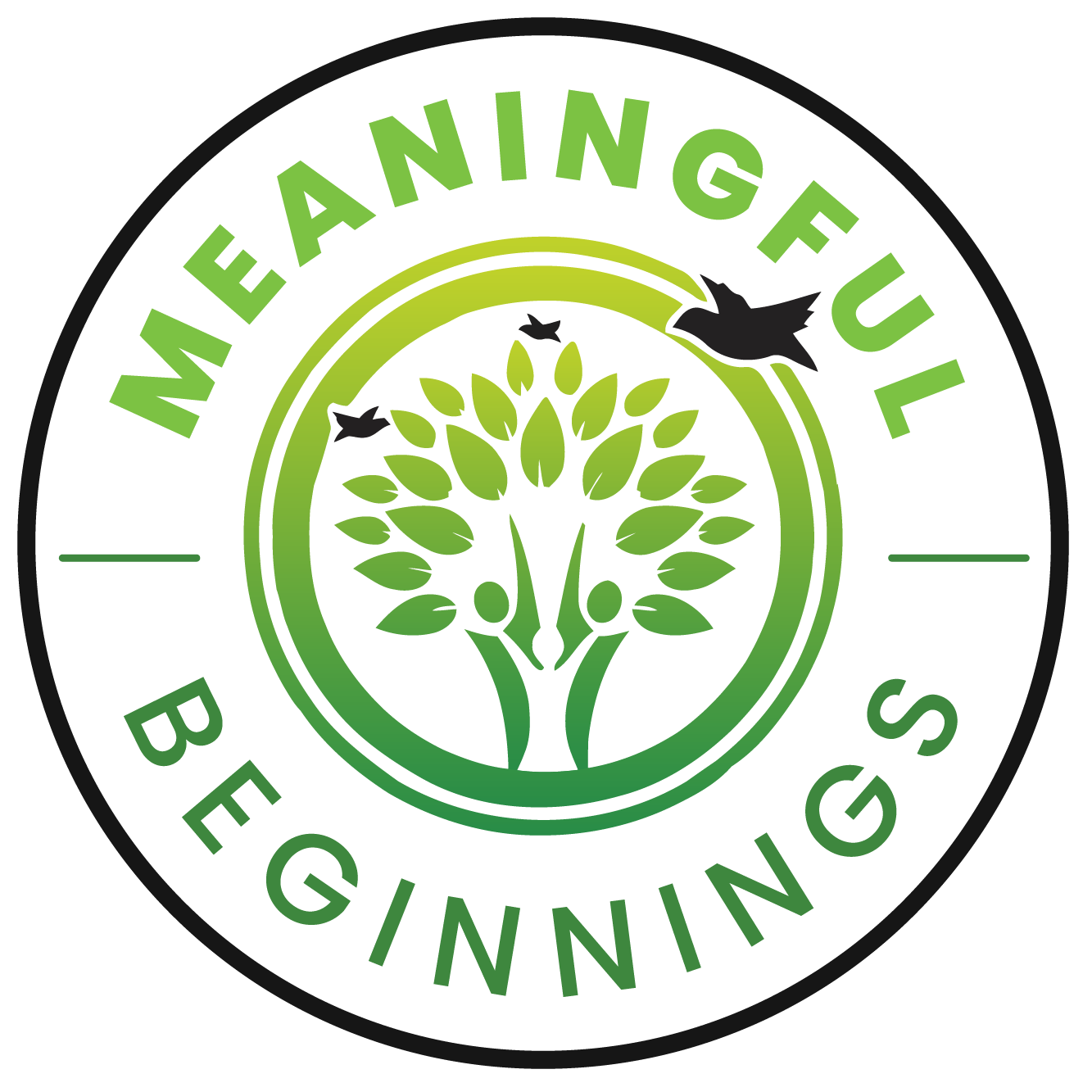By exercising your baby and toddler, your kiddo will stay active and learn the whole time. They are natural explorers and eager to discover the world around them. Through play and exercise, along with flourishing exposure to the world, they can develop necessary skills and muscles, too.
Why Exercise? Because it’s effectively promoting,
- Better sleep,
- Better moods,
- Better health,
- Stronger bones, muscles, and heart.
When you start exercising your infant, it helps strengthen the baby’s neck, develop hand-eye coordination, and help the baby learn to walk. For toddlers, creative activity helps develop language, gross motor skills, self-regulation, and so on.
These exercises aren’t just about physical gains. They’re about creating memories, bonding, and celebrating every tiny victory. So, high-five your mini-me, dance to silly songs, and cherish these precious moments.
But where do you start? Start with our simple yet effective fun exercises for your infant or toddler. And be the hero of their proper development.
Why Do Infants & Toddlers Need Exercise
One reason exercise is so important in infants and toddlers is the same reason it’s important in other walks of life: physical and mental development.
Their brains light up like fireworks when they wiggle, crawl, and explore. Also, exercise isn’t just about squats; it’s about sharing toys, taking turns, and playing with friends. Social skills?
Besides, as a parent of a toddler, you may worry about potential injuries they may get while exercising. But exercise helps them release all that pent-up energy. And guess what? It also helps them chill out later.
Start early exercise during infancy, for early childhood development. Those muscles will be like mini bodyguards throughout their lives.
However, it’s always a good idea to consult your pediatrician before starting any new exercise routine to ensure it’s safe and suitable for your child.
5 Easy Exercises For Infants (0-1 Year)
Tiny Workouts, Big Impact!
Exercise plays a crucial role in an infant’s motor development. It helps them achieve milestones like head control, sitting up, crawling, standing, and eventually walking. Plus, it’s a recipe for a happy baby and reduced fussiness.
Here are 5 easy exercises you can do with your baby which are entirely safe.
1. Tummy Time Adventure & Bicycling
Tummy time or bicycling are two of parents’ top choices for their 0 – 6 month olds. These popular activities keep your baby active when awake without extra effort.
Go on a tummy-time adventure and lay your cutie on their belly. Watch them lift their heads like mini superheroes. This will strengthen those little neck muscles. Or pedal those chubby legs like a pro cyclist.
Benefits: Strengthens the muscles they need to sit and crawl.
2. Assistive Sit-Ups
Tiny abs in action! Assistive sit-ups for your baby can help keep balance and flexibility.
You gently hold their hands and help them sit up, engaging their tiny abdominal muscles. Then, you lower the baby and then lift them up again. It’s like a mini sit-up session. Now, baby crunches will be in action.
Benefits: Strengthens core muscles and promotes balance.
3. Climb A Mountain & Weight Lifting
Now your baby’s neck is strong, and they are crawling, start climbing a mountain and doing weight lifting exercises.
Stack some soft pillows or cushions to create a mountain. Hold your baby’s hands, and together, climb to the peak. Or let little champ hold lightweight toys or soft objects. They lift them up and down to build those adorable baby biceps.
Benefits: It boosts gross motor skills, coordination, and self-assurance. It also enhances arm muscle strength and hand-eye coordination.
4. The Toe-To-Ear Move
The toe-to-ear move is something your baby does themselves. You can enjoy flexibility at its cutest. Lay your baby on their back. Gently guide one foot toward their ear (not literally touching). It’s like a yoga stretch for the tiniest yogi.
Benefits: Boosts flexibility and body awareness.
5. Cruising
Cruising is your baby’s step toward independence. Babies usually start cruising, which is the beginning of walking, when they are around 9 to 11 months old.
Your kid holds onto furniture and takes steps sideways. It’s their way of practicing walking without letting go. You should be careful about falling. And cheer them, “Go little cruiser.”
Benefits: Develop balance, leg strength, and confidence.
5 Fun Exercises for Toddlers (1-3Year)
The AAP recommends three-plus hours spread throughout the day for 1- and 2-year-olds. At ages 1 to 3, kids are often beginning to become more active, doing things like learning to walk and throw. Thus, their exercise routine should include activities where they can,
- Run
- Jump
- Spin
- Climb
Here are 5 interactive fun activities that your toddler will enjoy as well as learn.
1. Build A Tower
Gather soft blocks or cups and stack them up. Your little architect will love knocking them down and starting over! This also helps them impulse control. To make it more fun, you can also try to build the tower with your kid. They will enjoy it more. Count the blocks and ask your toddler to repeat. They can learn counting this way. You can also make it a game by timing how fast they can knock down the tower and encouraging them to beat their own record.
Benefits: Enhances fine motor skills, hand-eye coordination, and spatial awareness.
2. The Floor Is Lava
Your toddlers have more energy than yours. Jumping through playing is another appropriate game for them.
Pretend the floor is hot lava, and your toddler needs to jump from cushion to cushion. It’s an adventure right in your living room! You can place some toys on their pillow island and tell them to rescue them.
Benefits: Boosts gross motor skills, balance, and imaginative play.
3. Toss Balls In A Basket

Grab a laundry basket or a cardboard box. Your tiny basketball player can practice tossing softballs or stuffed animals into it. But the object should not be much bigger for them. Aim for toddler-sized shots. Nor should it be tiny, as they may put it in their mouth.
Toddlers enjoy this game a lot. If they succeed in tossing the ball, they become very delighted.
Benefits: Improves hand-eye coordination, focus, and concentration.
4. Make Snow Or Sand Angels
During winter, you can engage your kid in making snowballs or angels. Or take them to the beach to build sand castles. This activity will explore their creativity and get their muscles moving. Give them small buckets to carry their snow or sand, another weight-lifting activity. Explore two-in-one physical exercises.
Benefits: Encourages body awareness and creativity.
5. Go for a bike ride
Bike riding is another great physical exercise for your toddler. This is fun and effective, too. If you do not have a bike-friendly neighborhood, then bring your toddler-friendly bike home. Play with your kid in your backyard. Do not forget to be careful about injuries they might get. Protect their knees and hands with pads and let them ride to the fullest.
Benefit: Agility, muscle building.
Final Verdict
Let’s start your little one’s active journey. Engage your infant and toddler in playful exercises to strengthen their muscles and boost social and cognitive development. So, what are you waiting for? Start making these exercises a part of your child’s daily routine and watch them grow stronger and more confident every day. Also, remember to choose age-appropriate activities. We’ve got 10 fun exercises you can do at home without breaking the bank. Your child will thank you for the adventure.








